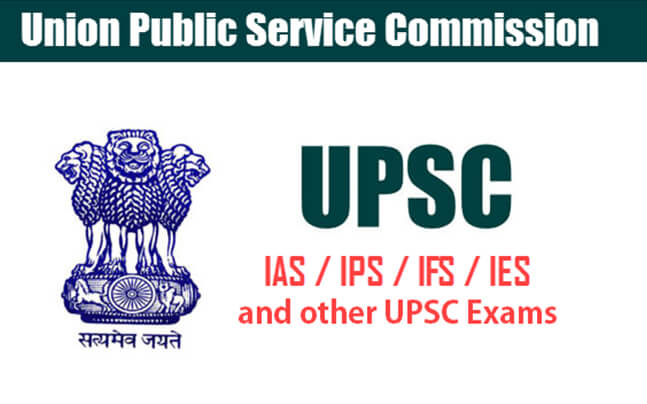Lakhs of aspirants appear for the civil services examination on an annual basis. Union Public Service Commission (UPSC) conducts this examination yearly to recruit candidates for the Indian administration. It is a dream of these lakhs of aspirants to fight for a seat in the limited vacancy offered by the commission. In 2020, 796 vacancies have been announced and around 10.58 lakhs application forms have been submitted. Seeing the numbers, it can be inferred that the competition is high but one must not lose hope thinking if UPSC exam is the toughest shell to crack. Read on how you can easily clear the examination.
There are three stages in the UPSC Civil Services Examination (CSE.) Prelims, Mains and the Interview. Do these three tiers make the IAS the toughest services to get in? Certainly not, but the vast syllabus of the examination poses different challenges for aspirants coming from different walks of life. Hence, only a right strategy can help you clear the examination.
What is the UPSC IAS Exam Pattern?
The exam takes place in three stages:
- Preliminary examination
- Mains examination
- Personality Test
A quick difference between UPSC prelims and mains is mentioned below:
| UPSC Prelims | UPSC Mains |
| It is the first stage of the exam | It is the second stage of the exam |
| It is objective type paper | It is theoretical paper or essay-type paper |
| It has two papers:
1. General Studies 2. CSAT |
It has nine papers:
1. Two language papers 2. Four general studies papers 3. Two optional papers 4. Essay paper |
| CSAT is qualifying in nature | Two language papers are qualifying in nature |
| Prelims and CSAT are of 200 marks each | Mains papers vary from 250-300 marks;
1. Language Papers – 300 marks each 2. General Studies, Optional and Essay Papers – 250 marks each |
| Prelims has 100 questions, CSAT has 80 questions | 20 subjective-type questions are asked in the Mains general studies papers. |
Topics Covered in UPSC Exam
The civil services examination is called one of the toughest examinations and one of the reasons for it to be called so is the vast syllabus. The examination covers subjects like:
- History
- Polity
- Economy
- Geography
- Environment
- Science & Technology
- Current Affairs
- International Relations
These broad topics cover subheadings and each subheading has a syllabus of its own. Hence, it is very important for a candidate to devise a proper timetable to give the examination a worthy-shot. Let us know the perfect strategy to sit for the examination.
Strategy to Clear the CSE
The following points should be noted down while starting the preparation for one of the coveted exams of the country:
- Know the exam well – One should know the syllabus, exam pattern, right books to begin with.
- Learn from the toppers – Before starting out the preparation, an aspirant should look upto the exam toppers of the past years and learn from their mistakes.
- Learn the basics – While it always looks fascinating to read thick books, it surely isn’t recommended. NCERTs make the foundation and one must not skip these books before they try their hand on to something more complicated.
- Note Making is worthy – Aspirants should cover topics and make self-written notes and should not undervalue the importance of these notes. It makes the next step easier which is:
- Revision – Your notes help you revise better and one should devise a periodic plan to revise as and a when required.
If the aspirant learns that it is not the number of books but the syllabus which has to be covered is important, it is easier for them to crack the exam. A due importance should also be given to the UPSC Question Papers as these can help aspirants learn from the trend of questions asked. Also, these can be a great source of revision.
The IAS Exam is one of the toughest examinations for those who are half-prepared but for someone who knows the examination’s demands well in advance, it will help them with better chances to crack the civil service examination.
